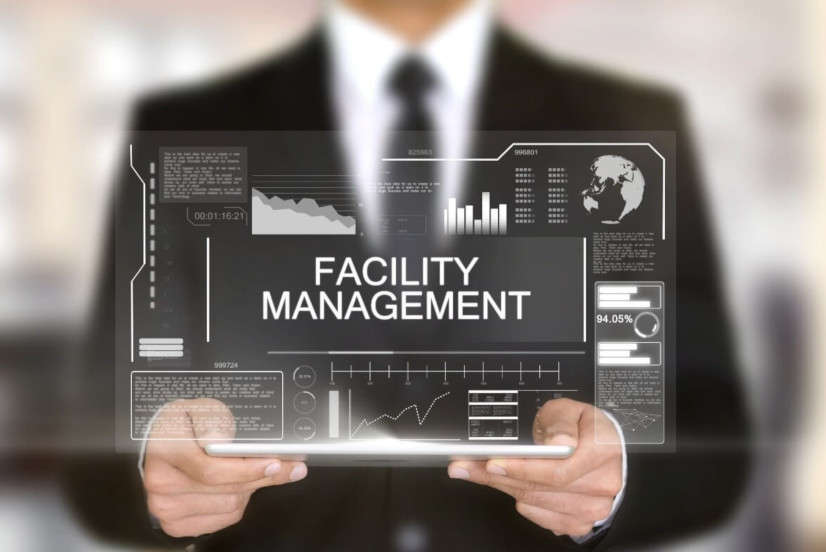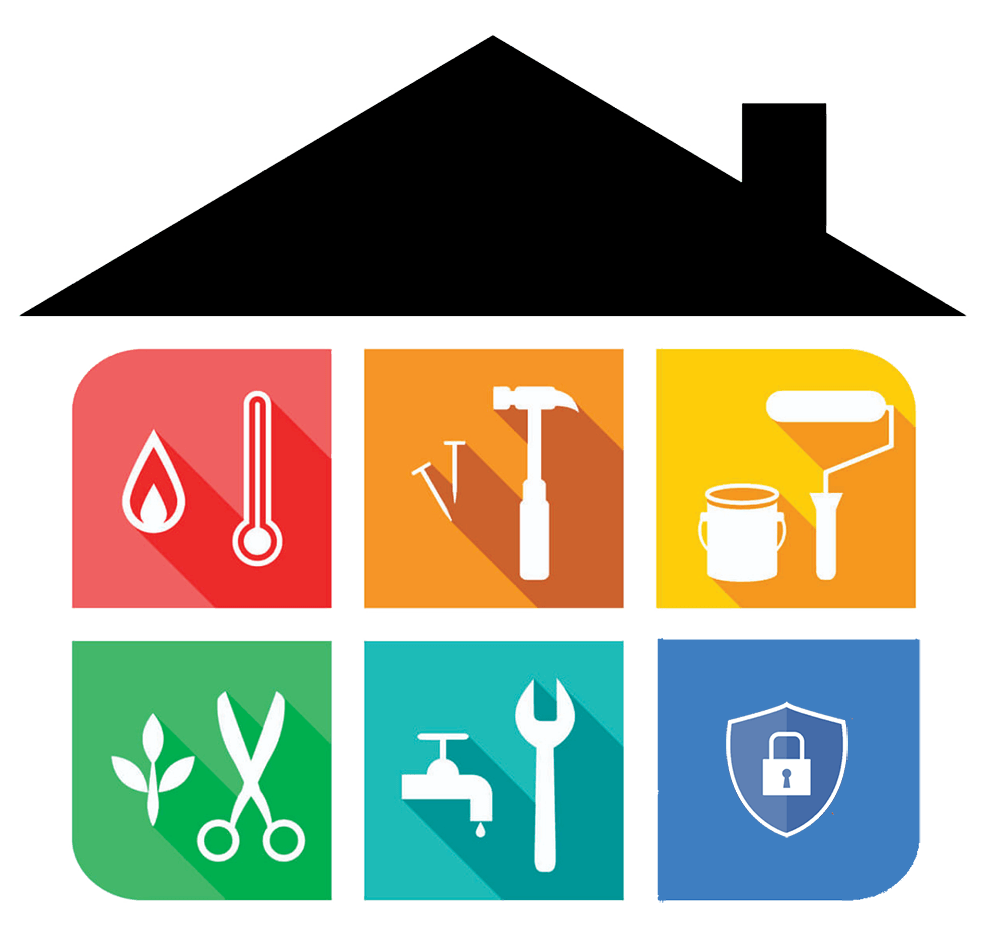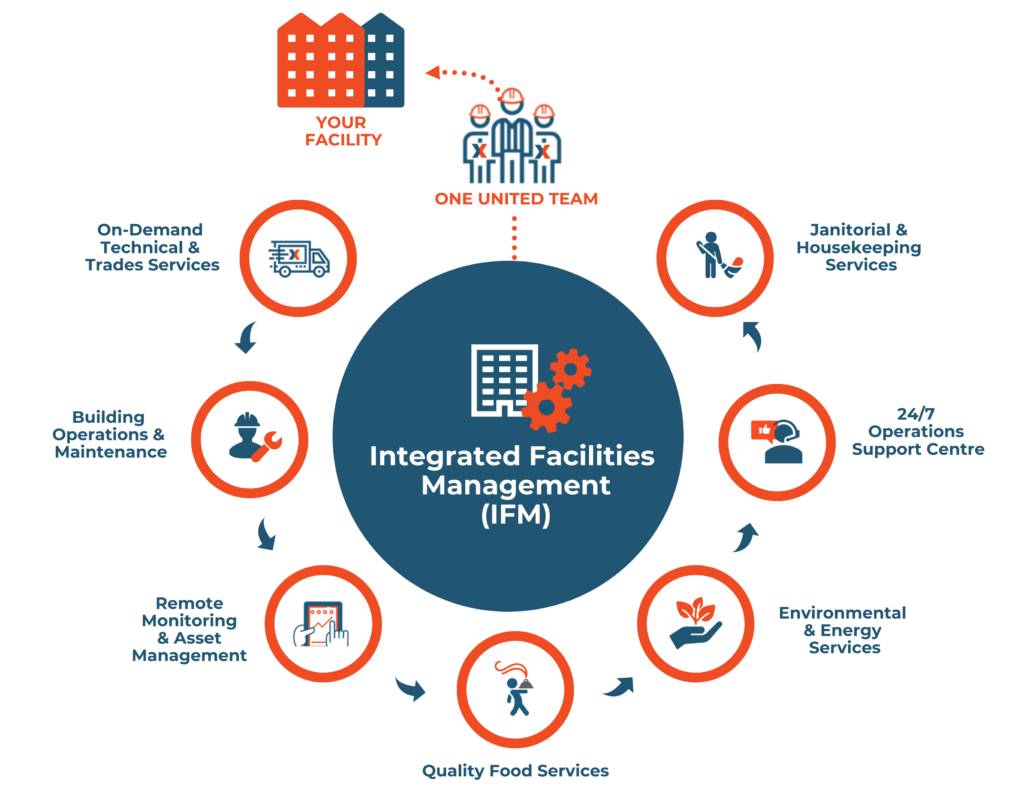The Important Guide to Center Monitoring: Methods for Success
Facility administration plays a critical function in the general success of a company, serving as the backbone that sustains performance, productivity, and safety. The nuances of effective facility administration prolong past simple logistics and need a thorough understanding of both qualitative and quantitative metrics.
Understanding Facility Management
What constitutes effective facility management? Effective facility management encompasses the coordination of various organizational features to make certain that constructed settings are secure, reliable, and for efficiency. It integrates the principles of engineering, organization, and style management to develop a smooth operational flow within a company.
Key aspects of center monitoring consist of space planning, maintenance administration, and conformity with wellness and safety and security regulations. Space planning concentrates on enhancing the usage of physical sources to sustain business objectives, while upkeep monitoring makes certain that centers are maintained in optimal problem, making the most of life expectancy and decreasing operational expenses. Compliance with legal and regulatory standards is essential, as it safeguards the organization against potential responsibilities and boosts its online reputation.
In addition, reliable center administration relies upon the tactical use of technology, such as Building Monitoring Systems (BMS) and Computer-Aided Facility Administration (CAFM) tools. These technologies facilitate real-time monitoring of structure systems and enhance maintenance processes (Facility Management). Inevitably, a detailed technique to facility monitoring not just promotes operational performance however likewise fosters a favorable atmosphere for employees and site visitors alike, driving total business success

Trick Techniques for Optimization
Enhancing center management needs a critical approach that lines up functional exercise with organizational goals. To accomplish this, the initial key technique is the execution of incorporated technological services. Using sophisticated software program systems allows for real-time monitoring of facility operations, helping with data-driven decision-making and enhancing total performance.
Second of all, normal assessments of facility performance are vital. Carrying out routine assessments and audits makes it possible for center supervisors to recognize locations that require renovation, making certain that sources are alloted properly. This aggressive method aids in decreasing downtime and boosting solution distribution.
An additional important approach is cultivating partnership across departments. By encouraging open communication in between groups, facility managers can better straighten their approaches with service goals, resulting in improved functional harmony. Furthermore, engaging staff in training programs advertises a society of accountability and enhances their capacity to add to optimization efforts.
Enhancing Safety Methods
Enhancing security protocols is crucial for developing a protected environment within centers. A detailed safety method not just protects visitors and workers but additionally improves operational effectiveness. Facility Management. To achieve this, center managers have to carry out regular danger assessments to ensure and determine potential dangers that appropriate procedures are in location

Additionally, clear interaction networks need to be developed to report security worries immediately. This consists of producing an easily accessible platform for workers to voice potential hazards or incidents without anxiety of . Leveraging technology can boost safety and security procedures; for example, important link implementing security systems and gain access to controls helps check center activities and limit unauthorized entry.
Last but not least, compliance with local guidelines and market standards is non-negotiable. Routine audits and reviews of safety and security procedures ensure placement with present regulations and finest practices. By focusing on these strategies, center managers can grow a culture of security that protects all stakeholders and inevitably adds to the company's success.
Improving Workplace Setting
A positive office setting substantially enhances worker spirits and productivity, making it an essential focus for center management. To produce such a setting, facility supervisors need to prioritize numerous crucial elements, consisting of ergonomics, looks, and employee interaction.
Ergonomic factors to consider are important to lessen physical pressure and discomfort. This includes supplying flexible furniture, proper illumination, and ample space for movement. These adjustments can lead to lowered absenteeism and boosted job complete satisfaction.
Visual appeals play an essential function fit the office atmosphere. Using color psychology, natural illumination, and plant can cultivate a boosting and inviting environment. Thoughtfully designed spaces can increase imagination and enhance general wellness.
Additionally, urging staff member involvement with comprehensive decision-making procedures can improve the sense of ownership and click to find out more belonging. Gathering feedback on workplace improvements and entailing staff members in the layout procedure can cause a much more tailored environment that meets their needs.
Last but not least, advertising wellness efforts, such as wellness programs and leisure rooms, can additionally add to a supportive workplace society. By concentrating on these techniques, facility supervisors can successfully enhance the workplace setting, driving both worker complete satisfaction and organizational success.
Gauging Success in Facilities
Determining success in facility monitoring needs an extensive approach that reviews both quantitative and qualitative metrics. Measurable metrics usually include key performance indicators (KPIs) such as room usage prices, power consumption, upkeep costs, and tenancy levels. These metrics give a clear photo of functional effectiveness and economic performance, permitting facility supervisors to identify locations for improvement and standard against market standards.
Qualitative metrics, on the other hand, emphasis on user contentment and employee involvement. Surveys and comments devices can evaluate just how well the facilities satisfy the demands of occupants, assisting to assess the total office environment. This element is crucial, as a pleased labor force is often linked to raised productivity and retention rates.
To successfully gauge success, facility managers must additionally consider integrating innovation, such as constructing management systems and data analytics tools, to gather and examine pertinent information. Routinely examining both collections of metrics permits for a more balanced view of performance and informs tactical choices. Inevitably, an effective center monitoring approach rests on a dedication to continuous improvement, ensuring that both operational efficiencies and user satisfaction are prioritized.

Final Thought
Finally, reliable facility management is critical for improving organizational efficiency. By implementing incorporated technological remedies, carrying out regular evaluations, and fostering cooperation across divisions, organizations can attain optimal source allotment and functional efficiency. Focusing on safety procedures and improving work environment environments additionally add to enhanced staff member complete satisfaction. Determining success via both qualitative and measurable metrics allows for constant improvement, inevitably leading to decreased operational costs and an extra productive business atmosphere.
Facility administration plays an important duty in the total success of a company, offering as the foundation that sustains safety and security, performance, recommended you read and performance.Key elements of center monitoring consist of area planning, maintenance monitoring, and conformity with health and wellness and security regulations.Furthermore, reliable center administration relies on the strategic usage of innovation, such as Building Management Equipment (BMS) and Computer-Aided Center Management (CAFM) tools. Inevitably, a detailed method to center monitoring not only advertises functional efficiency yet likewise fosters a favorable atmosphere for visitors and staff members alike, driving general organizational success.
Inevitably, an effective facility administration technique pivots on a commitment to continual enhancement, ensuring that both functional efficiencies and customer complete satisfaction are focused on.